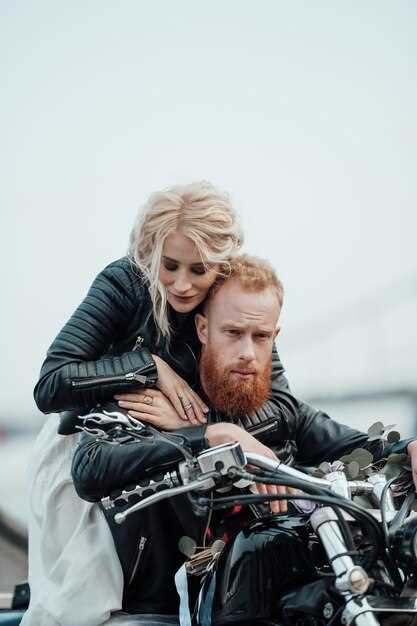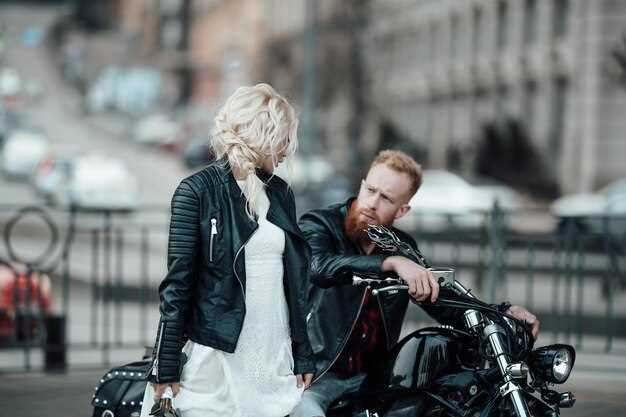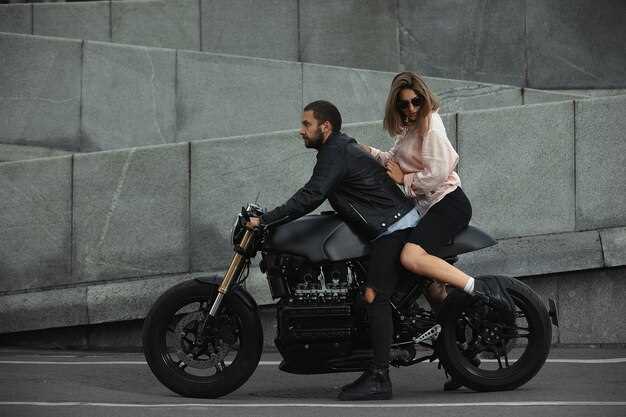
The evolution of motorcycle fashion reflects broader cultural shifts, technological advancements, and the enduring allure of the open road. From the early days of motorcycling, when practicality reigned supreme, to today’s vibrant, eclectic styles, the journey of motorcycle attire is as fascinating as the machines themselves. Vintage leather jackets, rugged boots, and streamlined helmets have become icons of freedom and rebellion, representing a lifestyle that transcends generations.
In the mid-20th century, motorcycle fashion was heavily influenced by counterculture movements, where clothing became a statement of identity and defiance. Styles that emerged during this era, such as the classic bomber jacket and high-rise jeans, are now revered as classics in the world of vintage fashion. As motorcycling communities grew, so did the diversity of styles, incorporating elements from different cultures and eras, thereby enriching the fashion landscape associated with this thrilling pursuit.
Today, motorcycle fashion is not only about functionality and safety; it is also a canvas for personal expression and style. Riders showcase a mix of contemporary designs and retro influences, creating a unique blend that honors the past while embracing the future. This transformation in motorcycle fashion illustrates the deep connection between the rider, their bike, and the culture surrounding them, making it a captivating subject for enthusiasts and fashion aficionados alike.
Analyzing Key Trends in Vintage Motorcycle Apparel

Vintage motorcycle apparel has witnessed a remarkable evolution, shaped by the intersection of function and fashion. The iconic leather jacket, often associated with rebellious culture, remains a staple. Over the decades, these jackets have transitioned from simple designs to intricately detailed pieces, featuring studs, patches, and personalized embellishments that reflect individual style.
Another notable trend in vintage apparel is the resurgence of classic riding pants. Traditionally made from durable materials like denim or cordura, these pants have adapted to include modern safety features while retaining retro aesthetics. Their high-waisted design and relaxed fit echo the styles of mid-20th century riders, appealing to a nostalgia-driven market.
Footwear has also made significant strides, moving from rugged boots to a variety of fashionable options. Vintage-inspired motorcycle boots embody both style and function, often incorporating weather-resistant materials while maintaining classic silhouettes. This blend of practicality and vintage appeal attracts a diverse range of enthusiasts.
The influence of culture on motorcycle fashion cannot be overlooked. The 1960s and 1970s saw a boom in counterculture movements that celebrated individuality and freedom. This era birthed distinctive styles, including brightly colored helmets and graphic tees featuring bold prints, often inspired by pop art and music. Today’s vintage motorcycle attire is a nod to that rebellious spirit, emphasizing self-expression through curated vintage collections.
Accessories play a crucial role in vintage motorcycle fashion, with items such as gloves, bandanas, and goggles completing the ensemble. These accessories not only serve functional purposes but also enhance the overall aesthetic, integrating elements from different decades and adding depth to the vintage look.
In conclusion, the key trends in vintage motorcycle apparel highlight a remarkable fusion of practicality and style. By drawing inspiration from the past while adapting to contemporary needs, vintage fashion continues to resonate with riders and enthusiasts alike, ensuring its place in the ever-evolving landscape of motorcycle culture.
Materials and Technology That Shaped Motorcycle Gear
The evolution of motorcycle fashion has been heavily influenced by advancements in materials and technology. Initially, early riders relied on leather for their gear, as it offered durability and some level of protection. Over time, innovations introduced synthetic materials, which transformed the landscape of motorcycle apparel.
Textiles such as Cordura and Kevlar have revolutionized protective gear. These fabrics provide superior abrasion resistance compared to traditional leather. They are lighter, more breathable, and can incorporate waterproof membranes, making them suitable for various weather conditions. This shift allows riders to prioritize comfort without compromising safety.
Advancements in manufacturing technology have also led to the integration of armor into motorcycle fashion. Impact protection is now standard in jackets, pants, and gloves, allowing for a sleek yet safe design. These protective elements are strategically placed while maintaining the aesthetic appeal of the gear, merging function with fashion seamlessly.
Another significant development is the use of reflective materials and high-visibility colors. Safety is paramount in motorcycling, and these materials enhance visibility in low-light conditions, ensuring that riders are more easily seen by others on the road. This focus on safety has transformed motorcycle fashion into a more conscious and responsible choice.
Technological innovations extend to smart gear, featuring integrated electronics like Bluetooth connectivity for communication and navigation. Such enhancements provide an extra layer of functionality, merging technology with the traditional motorcycle fashion aesthetic. Riders can now enjoy the thrill of the ride while staying connected, enhancing both safety and convenience.
Overall, the progression of materials and technology has led to a significant transformation in motorcycle gear, allowing for a blend of style, safety, and comfort that meets the needs of modern riders. This evolution continues to shape motorcycle fashion as new innovations emerge.
Influential Icons and Their Impact on Motorcycle Fashion Choices

Throughout history, several influential icons have significantly shaped motorcycle fashion choices, leaving an indelible mark on how riders express their identity. These figures, from film stars to motorcycle racers, have transformed utilitarian gear into symbols of rebellion and style.
One of the earliest and most iconic figures in motorcycle fashion is Marlon Brando, whose portrayal of a rebellious biker in “The Wild One” (1953) popularized the leather jacket as a fashion staple. The rugged look, combined with vintage elements such as rolled-up sleeves and bandanas, set the tone for generations of riders seeking both style and a sense of freedom.
Another pivotal icon is Steve McQueen, who embodied the spirit of the motorcycle enthusiast. His love for both speed and style influenced the use of casual yet chic garments, such as fitted t-shirts and durable denim. McQueen’s legacy continues to inspire contemporary riders who blend vintage aesthetics with modern sensibilities.
The punk rock movement of the 1970s further revolutionized motorcycle fashion, with bands like The Ramones adopting leather and studs as their signature looks. This era introduced a raw, rebellious flair that appealed to a wider audience, emphasizing individuality and self-expression through unique clothing choices.
In more recent times, figures such as actor Keanu Reeves, who co-founded a custom motorcycle company, have merged classic and modern designs, highlighting the ongoing evolution of motorcycle fashion. Their influence encourages a resurgence of vintage styles infused with contemporary twists, catering to both nostalgic and new enthusiasts.
Overall, the impact of these influential icons has transcended mere aesthetics, creating a rich culture where motorcycle fashion becomes a powerful form of self-expression and a testament to the enduring allure of the open road.





